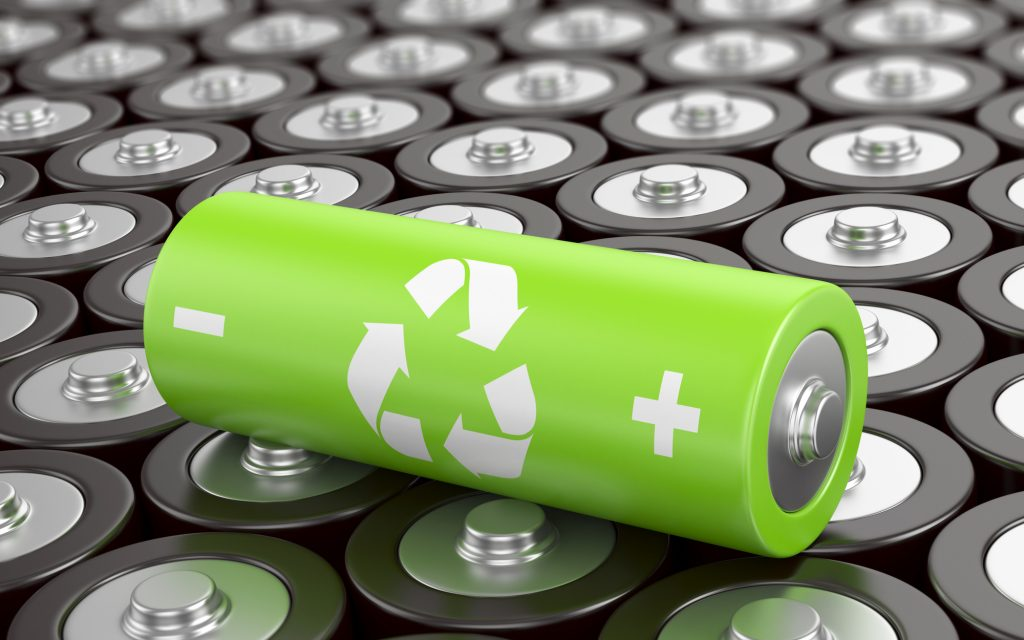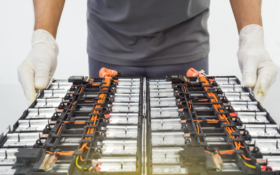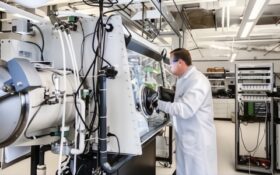Researchers from the Chinese Academy of Sciences and Delft University of Technology (TU Delft) have developed a method to predict the atomic structure of sodium-ion batteries.
Researchers believe sodium-ion (NA-ion) batteries have potential to replace lithium batteries in applications where energy density is not the primary consideration; this would include stationary energy storage systems for example.
TU Delft researcher Marnix Wagemaker, said: “At lab scale, Na-ion batteries can reach an energy density that is only 20 to 30% lower than that of Li-ion batteries. So they are not competitive when it comes to mobile phones or electric cars.
“But for situations in which weight is slightly less important, for example in maritime applications or in vehicles that can be charged frequently, they can be a good alternative.”
The findings, which have been published in the journal Science, are expected to significantly speed up research into sodium-ion batteries.
When compared to lithium-ion chemistries, sodium-ion batteries provide more opportunities in the use of raw materials to build up better and cheaper positive electrodes. This versatility makes it much easier to get rid of cobalt, for instance. Cobalt is not only expensive but also poses an ethical problem from a standpoint of labour exploitation.
Wagemaker said: “Depending on the precise cocktail of elements, you will end up with subtle differences in the atomic structure of the positive electrode, which have a major impact on the battery’s performance.
“With just a handful of elements, there are so many structural possibilities that even the fastest supercomputer can’t predict how the different combinations will turn out. As a result, the development of new materials is slow.”
Delft researchers and their Chinese colleagues have found a way to predict the ideal recipe for the cathode. At an atomic level, a cathode looks much like a sandwich: it is made up of several layers, with ions in between.
“At first it seemed like the size of the ions determined the atomic structure,” says Wagemaker. “But it soon became clear that that wasn’t the only factor. The distribution of the electrical charge of the ions plays a pivotal role.”
This was a crucial insight for the researchers because the ratio between the size of an ion and its charge, the so-called “ionic potential,” is known to have predictive value.
“In geology, this relationship has been used for decades to understand why, for instance, certain iron oxides are more soluble than others,” says Wagemaker. “This can reveal something about the formation of certain strata of the earth, or about other geological processes.”
The question of whether this relationship would also be useful on an atomic scale was answered when the researchers developed a simple formula based on the ionic potential.
“Using this formula we can predict which structure we will get at which ratio of a selection of raw materials,” says Wagemaker. “The formula guides us through the enormous number of possibilities to the electrode materials that can deliver the best performance.”
The researchers also tested their formula by designing new materials.
“We tried to make a cathode with the highest possible energy density, and one that you can charge very quickly,” says Wagemaker. “In both cases, we succeeded. In terms of energy density we were right at the upper limit of what is possible. I like the fact that such a simple formula, based on a very old idea from geology, can make predictions on the atomic scale with such accuracy.”
The team will now look at other types of structures, both in electrodes and electrolytes.












